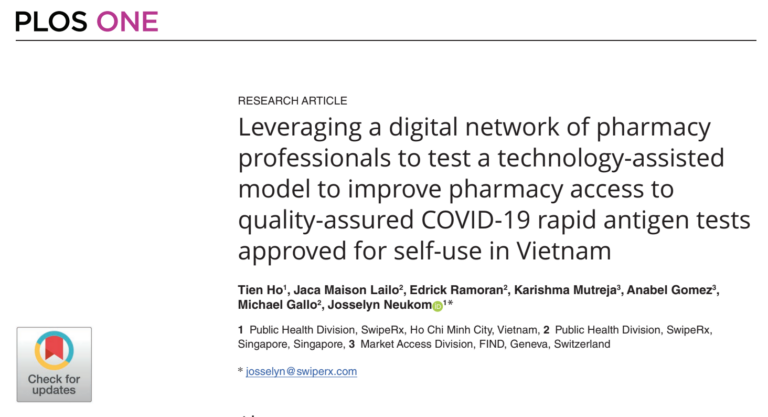What’s happening?
According to a recent study by mClinica, the vast majority of patients in the Philippines are buying fewer than the amount of antibiotics they were prescribed.
The exact numbers are staggering. On average, patients are prescribed 21 antibiotic pills. Approximately one-half of patients are only buying between 1 to 6 pills, while 22% are purchasing between 7 to 13 pills. The last demographic at 27% is buying 14 to 21 pills. Only 1% of the population are buying more than 21 antibiotic pills.
Why does this matter?
The amount of pills that a doctor writes on a prescription is not a suggestion or a recommendation. This figure is the number you should and must take for the good of your health and others. Taking fewer than the amount prescribed for an antibiotic treatment will lead to what is called to antimicrobial resistance (AMR), which is when bacteria, viruses, or parasites start to become resistant to antibiotics. This problem is a serious public health issue. AMR can lead to health problems and even death.
Why should I care?
The problem here is actually bigger than even AMR. The fact that a habitual pattern of under-treating was only discovered through the pilot of a mobile health application for pharmacies points to the larger issue in the Philippines and other emerging markets: There are many public health issues we have yet to uncover because centralized technology and infrastructure is not yet in place to track, measure, and capture it.
Luckily, health-technology is poised to help people in Asia and indeed across the world achieve better health outcomes.
mClinica is committed to leading the change in public health through technology, data analytics and new data insights in Asia’s emerging markets. To learn how we can help your government agency, non-governmental organization, or pharmaceutical company, please contact [email protected]







